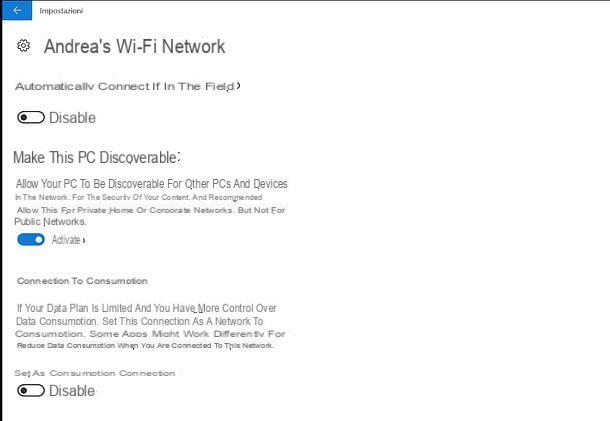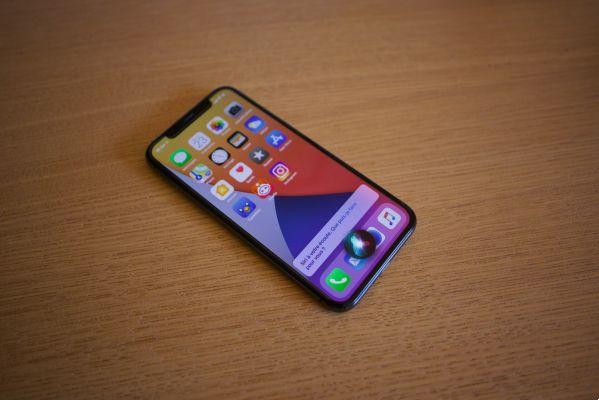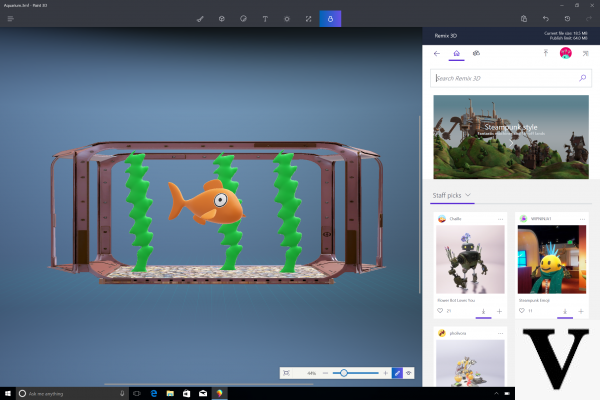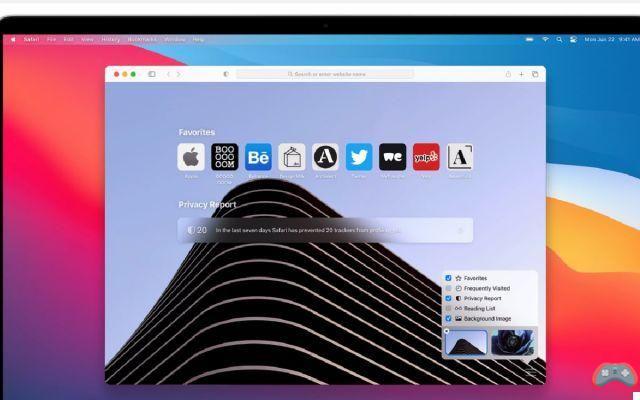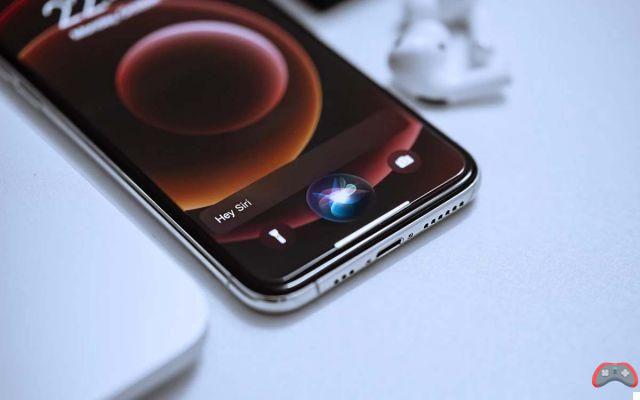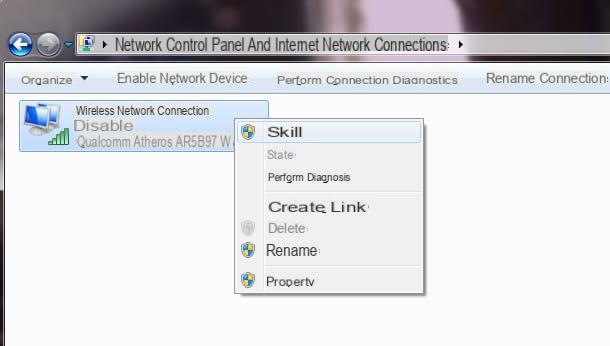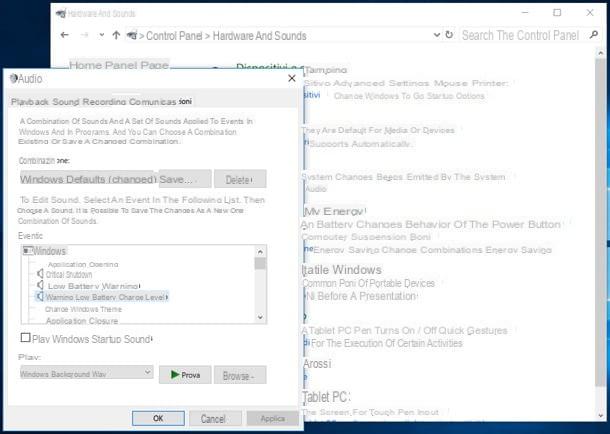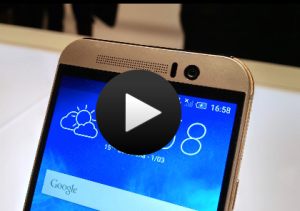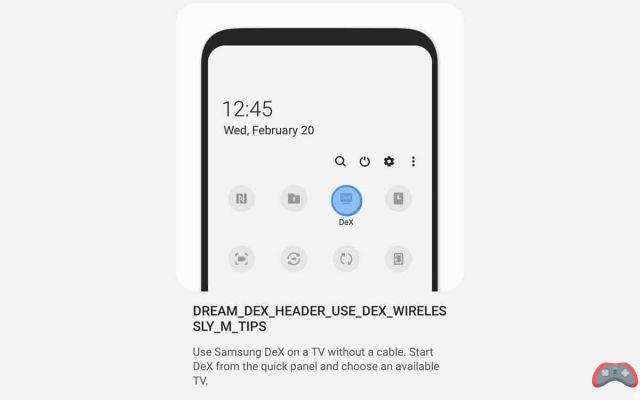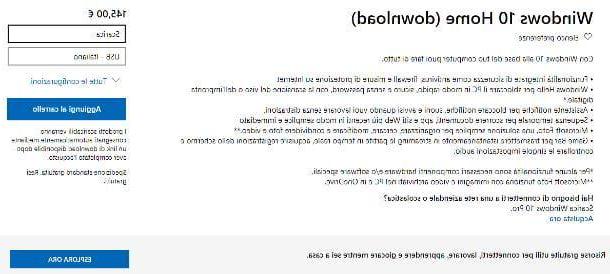For its 2021 televisions, Sony is taking the basics of its excellent Oled AG9 by adopting the new, brighter LG Display panel, a new Sony XR processor and the Google TV interface for greater simplicity.
Presentation
The Sony A90J Oled TV is full of new features. It thus inherits the new 65-inch Oled panel from LG Display. If it still displays an Ultra HD definition of 3840 x 2160 px, it is announced as brighter. This technology is called XR Contrast Booster at Sony, which is in fact the equivalent of Oled Evo panels at LG, for example (LG 65G1). The Sony X1 Ultimate processor bows out, now replaced by the brand new Sony Cognitive XR Processor. The Acoustic Surface audio system is still present with its two tweeters and two woofers, as is the possibility of replacing a central channel in a home cinema system (it turns into a passive speaker). Finally, Sony is the first manufacturer to use the Google TV system – which is none other than Android TV with a specific interface – with its share of applications (Netflix 4K, YouTube, VLC, etc.), the Google Cast functionality and the Google voice assistant which can be, as on the AG9, used without the remote control thanks to the microphones integrated into the television.
The Sony Bravia XR-65A90J is priced around €3600. It is also available in a 55-inch version, i.e. around 140 cm, under the reference XR-55A90J for around €2700. This model will also be available on a diagonal of 83 inches (211 cm), the new large size for Oled Ultra HD televisions from 2021, for a price that is still unknown.
Image quality
The sub-pixels of the Oled panel.
First surprise, the sub-pixels of this Oled panel – supposed to be brighter – are identical to those of the Sony 65A8 from last year. But we know that it is above all the cooling of the slab which makes it possible to increase the luminosity and not necessarily the internal structure; as proof, the very bright Panasonic HZ2000 uses this same Oled panel. The operation of the panel remains identical: each pixel is made up of four sub-pixels (one green, one red, one blue and one white). Since 2019, the white and red sub-pixels have been larger in order to improve the maximum brightness of the panel while maintaining a color temperature close to 6500 K. As always with Oled technology, the viewing angles are excellent. We measured a loss of brightness of only 20% at 45° and there is no variation on black – which is absolute. In comparison, the best LCD TVs using an optical filter, such as the Sony 65XH9505 or the Samsung QE75Q950TS, show an average brightness loss of 35-40% on the 45° sides.
As always with Oled televisions, the contrast ratio is excellent. It can be considered infinite since each pixel can turn off completely independently. The black can thus be total, regardless of the brightness of the white of the other pixels. Blacks are measured at less than 0,0049 cd/m² (our probe cannot measure a lower value). This contrast is still impressive and you can enjoy all the nuances of the image, even in complete darkness.
The years go by and they all look the same. In Expert mode and without additional settings, we measured the average Delta E at only 2,5; a value below 3, the threshold below which the eye no longer perceives any difference between the color displayed on the screen and the ideal color. The colors displayed by this television in Expert mode can be considered to be faithful to those sent by the source and are consistent with the director's vision of the film being watched.
With its average of 2,4 and good stability, the gamma curve is close to perfection. The levels of gray are therefore very well rendered.
As is always the case with Sony televisions, the average temperature is closer to 7000 K than to the reference 6500 K. This is why the image is very slightly blue. The most important thing remains the stability of the curve over the whole spectrum, which is the case on this television.



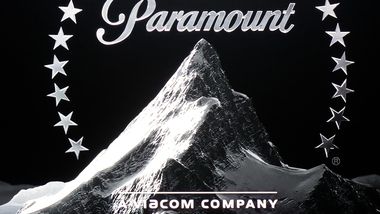
The Sony XR-65A90J embeds the new Sony Cognitive XR Processor, more efficient on paper than last year's X1 Ultimate. But it really becomes more and more difficult to see the contribution of these new processors supposed to improve contrast, colors and textures. The X1 Ultimate was already good on all these points and the differences with the new XR processor are difficult to observe. Still, the scaling is still just as good. It remains very soft in Expert mode – the most faithful. With the X-Reality Creation Pro engine manually set to maximum, the TV does not hesitate to add details at the risk of showing artifacts. In some cases, the scaled version thus displays more detail than the native version. The MotionFlow motion compensation engine is finally at the level of competition on Sony's Oled televisions, which can now claim to do as well as Philips, LG and Panasonic.
HDR
The Bravia XR-65A90J is compatible with HDR10, HLG, and Dolby Vision. On the other hand, Sony ignores the HDR10 + promoted by Samsung and Panasonic. Small precision of size, the HDMI ports of televisions are configured by default in 8 bits. To unleash them, you have to go to "Settings > TV viewing > External inputs > HDMI signal format > Enhanced format".
Compare photos On the left, the EOTF curve in HDR10, 10% window. On the right, the HDR luminance curve, 10% window with maximum brightness measured at 770 cd/m². HDR colorimetry. Average Delta E measured at 2,8 DCI-P3 color space coverage: 94% Rec.2020 color space coverage: 70%
The HDR rendering is impeccable. The reference EOTF curve is perfectly followed up to 70% luminance. Then the TV smoothes the curve to retain detail in very bright scenes up to the TV's maximum capabilities. With an average delta E measured at 2,8, the colors can be considered faithful to those sent by the source. The peak of brightness – which is the big novelty on the high-end Oled models of 2021 – is measured at 795 cd / m². It is much better than the Sony 65AG9 which was limited to 600 cd/m² and than the Sony 65A8 of 2020 which reached 644 cd/m², but it remains far from the benchmark for Oled televisions, the Panasonic 65HZ2000 with its 951 cd/ m². This peak of brightness associated with the infinite contrast of the OLED panel makes it possible to display a very dynamic image which highlights HDR content, all the more so since the television perfectly covers the color spectrum of the DCI-P3 space. widely used in cinema.
to read also: 4Lab – Sony XR-65A90J Oled TV: a record peak of brightness and lightning… in Intense mode
The Sony Bravia XR-65A90J is one of the few Oled TVs from 2021 to use LG Display's new Oled panel, which is supposed to be brighter...
10 months agoVideo Games
Afterglow 0,1 ms Ret. display 16msSony has finally managed to bring the display lag down to 16ms, which is exactly one frame behind at 60Hz. to overcome any lag between the action on the joystick and its repercussions on the screen. On the persistence side, Oled technology is still unmatched on the market, with a time of less than a millisecond.
Even in Game mode, the colors displayed by the Sony TV can be considered accurate. The temperature is also in the nails and only the gamma is a little low (2,1), probably to unclog the dark areas.
If the Sony A90J does have two HDMI 2.1 inputs (HDMI 3 and 4), the VRR (Variable Refresh Rate) functionality which eliminates image tearing and stuttering is not yet activated. An update should correct the problem, but for the moment, it is necessary to do without the VRR. On the other hand, support for 4K at 120 Hz is topical, as is automatic switching to game mode (ALLM – Auto Low Latency Mode). Finally, as on last year's Sony Oled models, branding management is still just as aggressive and we have noticed drops in brightness when playing FIFA 21 for example, which is not the case on televisions. LG Oled.
clouding
The thermal signature of the Sony 65A90J and its Oled panel.
Oled technology is not affected by the clouding phenomenon since this defect only affects LCD televisions using a light diffuser. We didn't notice any banding issues either. The homogeneity of the brightness on the panel is good and the average difference is measured at only 6% over the 65 inches of the television. This excellent result is again explained by the use of OLED technology.
Remember, however, that some television users encounter marking problems. Very extensive tests have shown that the marking of modern OLED panels is limited during everyday use. We have never seen this problem on the models we test, but we focus our tests on cinema, TV series and video game use. Continuous news channels displaying banners with saturated colors (red, blue or green) seem to pose a problem, especially when the brightness is pushed to the maximum. The risk of marking exists and cannot be totally ignored. Remember that it is essential to turn off the television using the remote control and that it is not recommended to disconnect it completely from the power supply. The television performs maintenance operations on the screen when it is on standby in order to preserve uniformity and precisely to avoid marking problems. Since 2020, manufacturers have much more aggressive algorithms to reduce the brightness of fixed logos, for example, and cases of marking are increasingly rare.
Ergonomics
The Sony Bravia XR-65A90J with the feet up.
As often with Sony, the design is sober and neat. The 2021 novelty is located on the feet which can adopt two positions: a low position leaving the panel as close as possible to the TV stand (product photo at the top of the article), and a high position - as in the photo - which allows use a soundbar.
The aluminum foot.
The aluminum legs are minimalist and free up space on the TV stand.
Reflectance measurement expressed as a percentage relative to a mirror
[/ media]
The anti-reflective filter common to all Oled TV models is very good and only the most high-end Samsung Qled models manage to do better. Unfortunately, it still hasn't evolved since 2018.
The television from the front and in profile.
As always, Oled technology allows you to appreciate the finesse of the slab on the upper part. Sony has particularly worked on the compactness of its television. Even the lower part with the electronics is just 4,1 cm thick. The size of the TV cabinet is always linked to that of the feet, which here have a depth of 31,7 cm.
The back of the TV with the covers.
And without the caches.
The back of the TV is particularly neat. All the connections are hidden behind two covers. On the other hand, there is no cable management system or even small clips to pass the cables near the feet, as on the Sony 65XH9505.
The connectors distributed on the side and at the back.
The Sony 65A90J connectors consist of four HDMI inputs including two HDMI 2.1 (HDMI 3 and 4), three USB ports including two on the side, an Ethernet port, an optical digital audio output, a headphone output (in green), a composite input (in yellow), a PCMCIA port (CI+ Common Interface), a rake antenna connector and a satellite connector. It has a dual DVB-T/T2 (TNT), DVB-S/S2 (satellite) and DVB-C (cable) tuner. It also features Wi-Fi 802.11a/b/g/n/ac as well as Bluetooth 4.0 for connection with a wireless audio device (headphones or speaker). We can also see the connectors to use the TV audio system as a passive speaker, a system inherited directly from the AG9.
A brand new homepage for Google TV.
Android TV applications are of course still present.
The Sony Bravia A90J is one of the very first televisions to integrate the Google TV system – a revamped version of Android TV – which fortunately retains all the Android TV applications. Google TV emphasizes content rather than apps. The system thus aggregates all the content to which it has access and to which you are subscribed, whether free content (YouTube, SpainTV, Arte, Molotov, etc.) or paid content (MyCanal, Netflix, OCS, Amazon Prime, Disney+ , etc.), in order to offer you choices according to your tastes, whatever the platform. The Google system finally seems to be coming of age. It is fluid and crashes and other freezes seem relegated to the past. In addition, the integrated Chromecast makes it possible to receive and display a video stream sent from a smartphone, tablet or computer. The manufacturer also keeps the quick access bar to the settings which avoids going through the Android settings. Each setting now has a description, always practical for neophytes.
Both microphones for hands-free use.
Like the AF9, ZF9 and AG9, the Sony XR-65A90J incorporates two microphones at the base of the TV. They allow you to use the Google Assistant without a remote control. Just say "OK Google" to wake up the assistant and ask it questions like "What's the weather forecast?", "Play the digital video on YouTube", etc. The "Ok Google" function can be used even when the television is off and it is therefore possible to turn it on hands-free, simply by saying the phrase "Ok Google, turn on the TV". It is also possible to ask questions to the Google Assistant without turning on the screen and to use the TV off as a smart speaker. This function still has an impact on standby consumption, which then stagnates at 27 W as long as the television is listening. New this year, it is possible to deactivate the microphone using the switch located at the level of the connectors.
Start 36 s Switch off <1 s Resume 5 sAs with all Android TVs, the first start-up takes longer. It takes 36 seconds here. This start-up begins as soon as the mains is connected. The TV displays the Sony logo for 20-25s and then the Android logo appears. Booting takes much longer than Samsung's Tizen or LG's WebOS systems, which boot up in less than 5 seconds. Fortunately, the television comes out of standby in 5 seconds, while consuming less than one watt in standby (if the hands-free function is deactivated). As often, standby is instantaneous.
The daytime remote control.
And at night with the automatic lighting of the keys.
Inaugurated last year, the top-of-the-range remote control with microphone and backlit keys is obviously part of the game. The automatic key backlighting system is activated using a light and motion sensor. This is probably one of the best integrations of this system on a consumer remote. The microphone completes or replaces those integrated into the television. The novelty is the brushed aluminum finish which gives a premium side to the remote control. Sony has also slightly changed the button feel and layout. In general, this remote control is more pleasant to use than the previous one. The buttons don't make noise and the most used ones fall naturally under the thumb. It is to date the most complete remote control on the market.
Audio
The Sony Bravia XR-65A90J television features the Acoustic Surface Audio+ system, which consists of two 10 W tweeters and two 20 W midrange drivers placed at the back of the television. This system uses vibration motors to vibrate the Oled panel and pass certain frequencies directly through the screen. The highs and mids are thus more precise and we also gain a certain spatialization of the sound. Like the AG9, this TV can still be used as a central voice in a home cinema system. The new audio calibration process using the remote control microphone seems to work very well and adapts the audio rendering to the placement of the television and the viewer in the room.
The KD-65AG9 keeps its promises and delivers simply excellent sound, in line with that of the A1, AF9 and AG9. If it can't match a home cinema system, it can easily replace an entry/mid-range soundbar. The low-mids are audible from 75 Hz and it covers the entire spectrum up to 20 Hz. On this point, Sony's television set is a real reference on the market.
to read also: 12Lab – Sony AF9, the television that acts as a central speaker
Sony's new high-end Oled TV, the AF9, features a new version of the Acoustic Surface system. This technology uses...
3 years ago
The frequency response at 79 dB(A).
Consumption
With a white calibrated at 150 cd/m², the Sony XR-65A90J consumes 98 W on our test chart, i.e. a relative consumption of only 84,1 W/m². This TV still consumes more than LCD models, but consumption is under control for an OLED model. A television equipped with an Edge-Led backlighting system (a single bar of LEDs at the base of the television) such as the Samsung QE65Q60R is satisfied with 66,1 W/m². The TCL 55DC760 is limited to 66 W/m² and the Sony KD-65XG8505 – the most economical television in our comparison – to 55,8 W/m².
| Real contrast: | Infinite |
| Noir : | 0 cd / m² |
| Gamma quality: | Zones |
| delta E: | 2,5 |
| Slab homogeneity difference: | 6 % |
| Viewing angles: | Zones |
| Consumption : | 98 W |
Highlights
Increased peak brightness on this new model.
Perfect factory calibration.
Infinite contrast of Oled technology.
Reactivity.
Very good display delay.
Audio system that is used as a center speaker.
Well-calibrated Game Mode.
Microphone built into the TV for hands-free voice control.
Two-position foot (high and low).
Backlit remote control.
Weak points
High power consumption compared to the most economical LCD models.
Maximum brightness peak still lower than the best LCD TVs.
No VRR (planned update).
Conclusion
Note globale
In line with the AF9 and AG9, the Sony Bravia XR-65A90J is an excellent OLED TV that delivers a perfectly calibrated image. The new Oled panel displays a brighter image, but not yet as much as at Panasonic. Sony has also improved display lag, ergonomics with two-position feet and ease of use with the backlit remote control. With the exception of the VRR which is still pending, it is a no-fault for Sony's high-end Oled TV.
Sub Notes Read more












